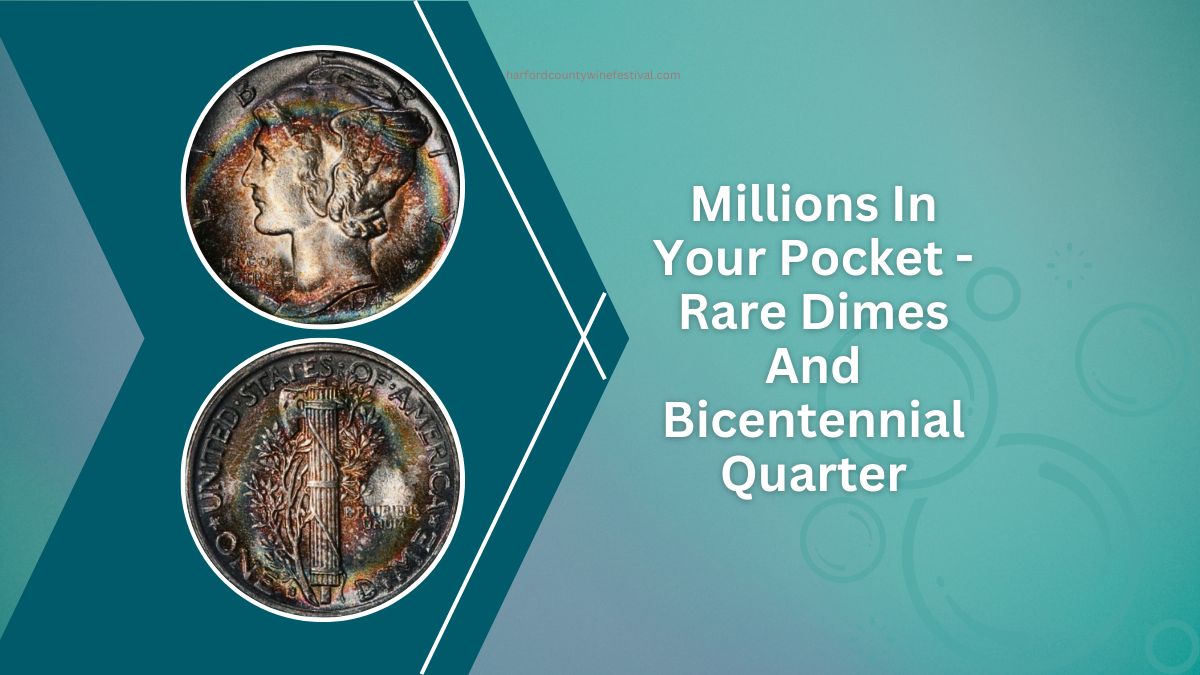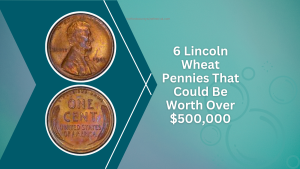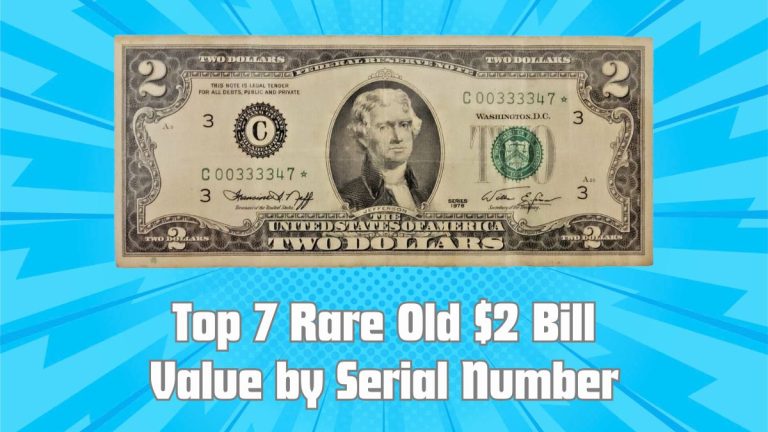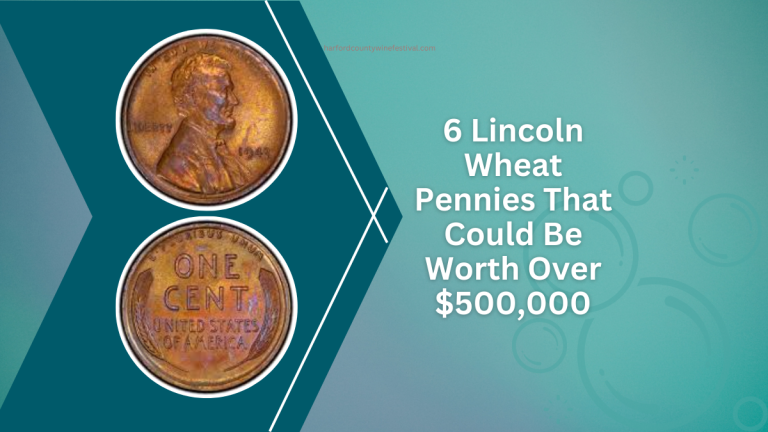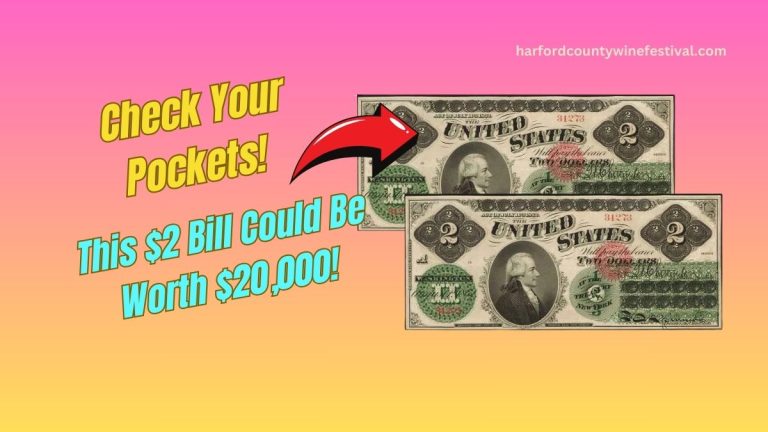Coins have always held a fascination beyond their monetary value, often symbolizing history, culture, and art.
Among these, certain rare coins like the Bicentennial Quarter, the 1969-S dime, and the 1970-S dime stand out for their astronomical value, reaching up to $19 million. Let’s explore the unique attributes that make these coins so sought after.
Bicentennial Quarter
The Bicentennial Quarter was introduced in 1976 to honor America’s 200th anniversary. This commemorative coin is distinct for its double-date feature (1776–1976) and its iconic reverse design, which showcases a colonial drummer boy and Independence Hall.
While the U.S. Mint produced millions of these coins, specific versions, such as those with minting errors or missing mint marks, are exceedingly rare. These anomalies elevate their collectible status, making them worth far more than their face value.
Collectors treasure these variations because of their scarcity and historical significance. Even today, finding one in pristine condition can result in an extraordinary payday for its owner.
1969-S Dime
The 1969-S dime is a remarkable coin minted in San Francisco. Its value is primarily driven by unique minting errors, such as doubled die obverse, where features on the coin appear duplicated due to a misalignment during the minting process. These errors make each affected coin a rare and valuable artifact.
Although few of these dimes have been confirmed, the possibility of more existing in circulation fuels excitement among numismatists. For the average person, this means your everyday pocket change might just hold an untapped treasure.
1970-S Dime
Shrouded in mystery, the 1970-S dime remains one of the most enigmatic coins in U.S. numismatics. Limited information surrounds its release, leading many to believe that only a handful were ever produced, and possibly not officially issued.
This scarcity, combined with the ambiguity of its production, has made it a highly coveted item among collectors.
A 1970-S dime in exceptional condition has an estimated value reaching as high as $19 million. Its mystique continues to captivate coin enthusiasts, making it one of the most intriguing coins to collect or seek out.
| Coin Name | Year | Mint Location | Estimated Value | Unique Features |
|---|---|---|---|---|
| Bicentennial Quarter | 1976 | Various | Up to $19M | Double date (1776–1976), drummer boy design |
| 1969-S Dime | 1969 | San Francisco | Up to $19M | Doubled die obverse, rare minting errors |
| 1970-S Dime | 1970 | San Francisco | Up to $19M | Limited mintage, unclear production details |
| 1916-D Mercury Dime | 1916 | Denver | Up to $3M | Very low mintage, high demand among collectors |
These coins exemplify the allure of numismatics, where rarity, history, and craftsmanship intersect to create items of immense value.
Whether you’re a seasoned collector or a curious enthusiast, discovering one of these coins could be a life-changing event.
FAQs
What Factors Determine A Coin’s Value?
A coin’s value depends on several factors, including its rarity, condition, historical significance, and any unique features such as minting errors or limited production runs.
How Can I Identify Rare Coins?
Identifying rare coins involves closely examining features like missing mint marks, unusual designs, or production flaws. Using magnifying tools and consulting numismatic references can help.
Are These Rare Coins Still Found In Circulation?
It’s rare, but possible. Some of these valuable coins may still be in circulation, unnoticed by those unfamiliar with their significance. Checking your pocket change or old coin collections is always worth the effort.
What Should I Do If I Think I Have A Rare Coin?
Handle the coin carefully, holding it by its edges to prevent surface damage. Store it in a protective case and consult a professional appraiser or numismatist for an evaluation.
How Can I Start Collecting Rare Coins?
Begin by researching valuable coins and their characteristics. Visit coin shows, online forums, or local numismatic clubs to gain insight and build your collection.

